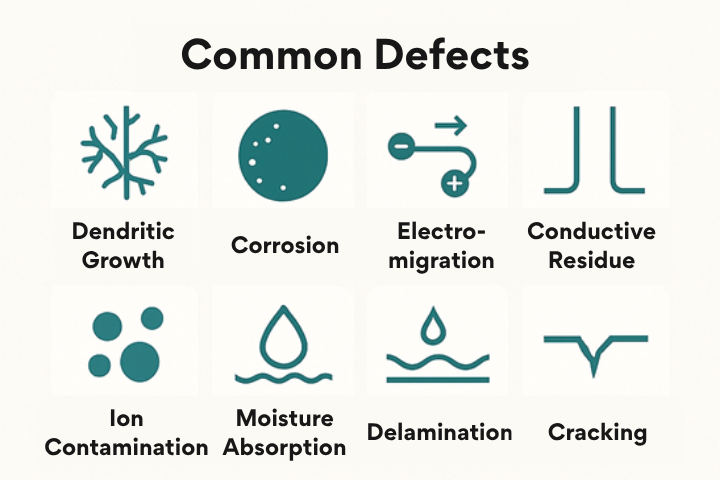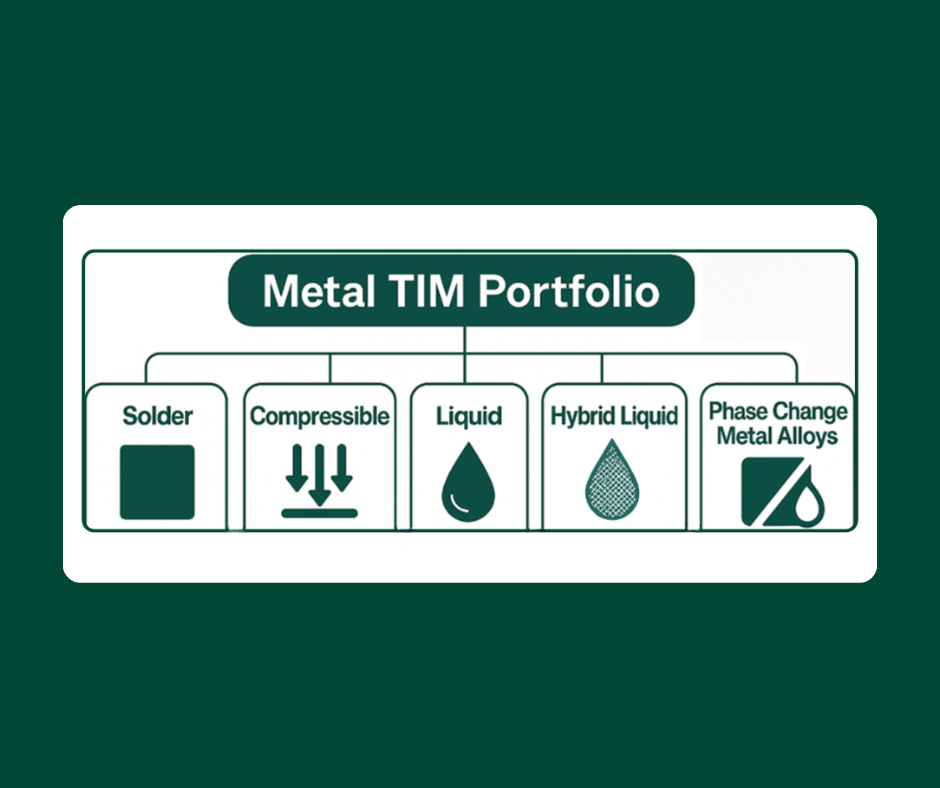In a recent blog entry titled RoHS: 3 Years Later, Dr. Lasky comments on the overall success of the RoHS legislation. Before implementing the Pb-Free portion of the legislation, companies were extremely concerned about its impact on performance and reliability. Dr. Lasky reports that there have been relatively few issues. However, there HAVE been some issues. I will debate against myself on whether RoHS has been successful or destined for failure.
Why RoHS is Destined to Fail (aka Against Lasky):
- Sn Whiskers – Sn whiskers are filament growth that protrudes from pure Sn surface coatings and are a result of the compressive stress inside of that Sn. For an overview of Sn whiskers, check out the article titled Structure and Kinetics of Sn Whisker Growth on Pb-free Solder Finish. When looking at Sn whisker mitigation, it turns out that Pb added to Sn is very effective. That’s why Sn/Pb components never show whisker growth. There are other mitigation techniques such as Ni underplating and doping with Bi but they don’t seem as effective a good old Sn/Pb. Over time (often greater than 5 years), whiskers can grow large enough to form a short between adjacent components. Whiskers may not be a big issue for cell phones (because of their short life) but is a major concern for military, medical, and aerospace electronics.
- Pb-Free Alloy Reliability – The two most common alloys used for Pb-Free soldering are SAC305 and SAC387. When compared to Sn63Pb37, the SAC alloys are considerably more brittle. This means that under low stress conditions, they actually may be more reliable than Sn/Pb. However, under higher stress conditions, Sn/Pb can creep to absorb some of that stress while SAC alloys can simply fracture. The reduced reliability of SAC can be seen under challenging thermal cycling and drop testing. There are studies on doped SAC alloys that show promise in bridging the reliability gap, but more work is necessary in this area.
- Higher Reflow Temperatures – The peak reflow temperature for Sn/Pb assemblies was generally around 210-215 C. For Pb-Free assembly, it tends to be around 240-250 C. This increase of 30+ C can reap havoc on boards and components. For components, higher temperatures increase their susceptibility to moisture. The MSL levels are generally more stringent for Pb-Free. For boards, you can get barrel cracking, delamination, and CAF growth.
- Proven Pb-Free Issues: There have been a number of reported issues that are likely related to Pb-Free. Here are a couple: NASA and Sn whiskers; Pacemakers; X-Box RROD (Red Ring of Death)
RoHS and Pb-Free specifically is simply a ticking time bomb. Just because there are only a few widely reported issues doesn’t mean that nothing will occur in the future. Anyone who thinks it is successful should be forced to fly only on Pb-Free airplanes.
Why RoHS is a Success (aka Pro-Lasky):
- Recycling – As Dr. Lasky notes in his blog, there are a number of benefits to eliminating Pb from the recycling process. Although, Pb contamination can easily be dealt with at state of the art recycling facilities, there are unfortunately too many uncontrolled reclaim situations in poor and developing countries. The elimination of Pb makes those people safer.
- Technology Advancement – Consumer electronics are almost completely Pb-Free and have been since 2006. Since 2006, we have seen a significant amount of advancement in the technology behind cell phones, laptop computers, and handheld GPS. Had Pb-Free been such an impediment, there would have clearly been some stagnation in the advancement of those technologies. In consumer electronics, there has been the implementation of 0.4 and 0.3 mm pitch CSP’s, 0201’s, package-on-package (PoP) to continue to improve the technologies. Remember, the first iPhone was Pb-Free! As the technology advances, there will always be challenges but they are not directly related to going Pb-Free.
- Whiskers (Non)Issue – It is absolutely proven that pure Sn can form whiskers that could be a long term reliability issue. However, there are existing Pb-Free alternatives today and in many cases the standard mitigation techniques are good enough. The real issue here is cost. People want to use pure Sn (or as little mitigation adders as possible) to get the cheapest component. However, if you eliminate the Sn, you can eliminate the whiskers. Texas Instruments uses Ni/Pd/Au for many parts. That is Pb-Free and contains no Sn. Whisker free alternatives do exist!
The implementation of RoHS compliance has clearly been successful for consumer electronics. Those products continue to advance in technology with little issues despite being Pb-Free. While there are concerns relative to higher reliability assemblies, there are design techniques that exist to overcome those concerns.
Which side of the fence are you on?



